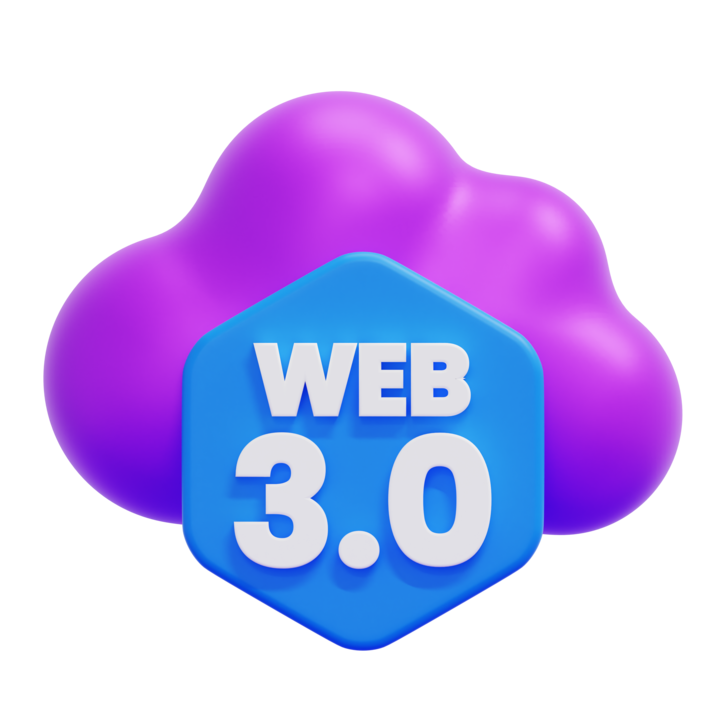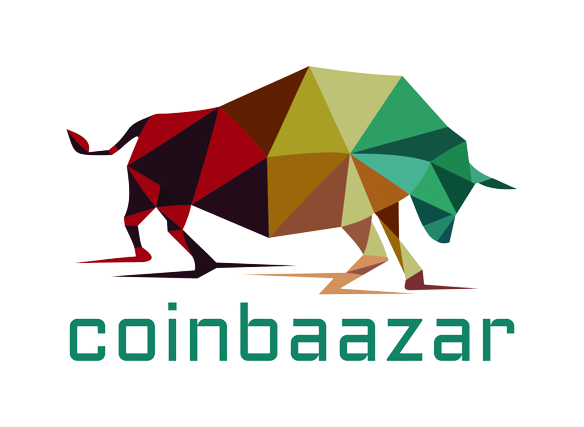What does Web 3.0 Means for Businesses?
Web 3.0 is emerging as the next evolution of the internet, but it remains to be seen how it will affect existing business models.
As Web 3.0 advances and technologies like blockchain mature, the internet will change, and businesses will need to adapt. Web 3.0, also known as Web3, provides enhanced security and prioritizes transparency and accountability.
With the transition from the static Web 1.0 to the interactive and dynamic Web 2.0, businesses have gained access to a global market, allowing them to grow and innovate. However, in order to comprehend where the Internet is headed with Web 3.0, it is necessary to examine its current state.
The history of the Internet
Tim Berners-Lee created the World Wide Web in 1990 by establishing the first web server. The Internet community consisted only of government and military researchers and college students at the time.
Web 1.0 is the designation for the earliest versions of websites. Prior to the development of the Domain Name System (DNS), users visited websites using their IP address. For instance, instead of typing techtarget.com in the URL bar, 206.19.49.102 was required. Websites were simple text, image, and link displays. Users were unable to edit the data, and it lacked interactivity. Web 1.0 was distinguished by the use of simple HTML layouts to display text and images.
In the early days of the Internet, users consumed content rather than creating it. In the era of dial-up computing, pages had to be as small and lightweight as possible because websites could take minutes to load. Because Web 1.0 existed before smartphones, only desktop computers could access it.
The Web 2.0 era began at the beginning of the twenty-first century. Web 2.0 is characterized by interactivity. No longer static, pages were now dynamically generated for the user. As broadband expanded its reach, the pages grew in size and complexity. Streaming music and video became more prevalent.
With the advent of Web 2.0, user-generated content emerged. It began with social media precursors like GeoCities before Myspace, Facebook, Twitter, and Instagram took off. Through blogs, tweets, and social media networks, Web 2.0 enabled substantially more user input and engagement.
The definition of Web 3.0 is gradually becoming clear. Web 3.0 intends to be completely decentralized, placing content creation in the hands of creators rather than platform owners. This is, in many ways, what Tim Berners-Lee envisioned when he created the web.
Elements of the Web 3.0
Web 3.0 comprises the following five distinguishing characteristics:


• Web semantic. The semantic web employs AI to comprehend what a user or client may mean or intend, thereby enhancing and improving the experience’s precision. It aims to improve web technologies in order to generate, share, and connect content through a more precise understanding of searches based on the meaning of words, as opposed to keywords or numbers.
• Artificial intelligence. It is not uncommon for users to receive unrelated results when they search for a keyword. Web 3.0’s artificial intelligence is designed to comprehend what users are searching for and provide more pertinent results.
• 3D images and the spatial web. Since the 1990s, there have been attempts to create a 3D representation of the web and websites. However, the graphics were dated, sluggish, and ineffective. With technological advancements such as virtual reality, 3D graphics enable the creation of more realistic online experiences. Some industries, such as special events and branding, have already incorporated 3D graphics into the promotion of their products and services.
• Blockchain and cryptocurrencies Blockchain and cryptocurrency technologies are inherent components of Web 3.0. Web 3.0 is characterized by decentralization and greater control for content creators. Blockchain technology and digital currencies eliminate intermediaries and enable direct transactions between parties. Blockchain contributes to the transparency and security of Web 3.0, while cryptocurrencies eliminate intermediaries such as financial institutions.
• Ubiquitous connectivity. Web 3.0 applications are characterized by ubiquitous connectivity made possible by broadband, 5G, and IoT, allowing information to be accessed from a variety of devices other than the PC.
Web 3.0’s benefits for businesses
The effects of Web 3.0 on business will be user- and customer-centric transparency. Consequently, the manner in which businesses utilize users’ data will change. Because blockchain is the foundation of Web 3.0, all web applications will require an upgrade to blockchain in order to participate in Web 3.0.
Among the many advantages of Web 3.0 for businesses are the following:
• No third party is necessary. The elimination of third-party service providers by blockchain, smart contracts, and decentralized applications. For instance, cryptocurrency reduces the need for banks, and all financial transactions are conducted directly between two parties. This will help companies reduce expenses and become more competitive.
• Enhanced regulatory compliance Blockchain is an immutable, public ledger of transactions that cannot be altered. Maintaining transparency facilitates companies’ compliance with their governance requirements.
• Increased responsibility. On the other hand, thanks to blockchain, companies can be held accountable for their actions by tracking every transaction. This makes it easier for consumers to purchase products from reputable businesses.
• Enhanced security Web 3.0 makes it significantly more difficult for hackers to access sensitive data. Due to the distributed and decentralized nature of blockchain, there is no single point of failure, making it more difficult to corrupt. Due to the impossibility of altering or manipulating Blockchain data, businesses will be less concerned about data theft and data breaches.
• Enhancement of customer relations Using Web 3.0, all transactions are recorded in a decentralized ledger for all parties to view, making businesses directly accountable to their customers. Businesses can use this transparency to cultivate customer trust and long-lasting relationships. Customers are confident that the information they are receiving is accurate and has not been altered because the data stored on blockchain is immutable.
• Supply chain administration. On Web 3.0, businesses can easily monitor and track their supply chains due to blockchain’s openness. By eliminating silos, businesses can quickly identify manufacturing and delivery service problems, thereby improving time management and reducing costs. In addition to sharing vital information, such as production schedules and contract deadlines, with their suppliers, businesses can facilitate delivery.
What impact does Web 3.0 have on business?
By creating an immutable ledger of transactions using blockchain, Web 3.0 technologies can aid in fostering greater transparency and trust between businesses and their customers. With a real-time view of the supply chain, customers can track the location of their products at every stage of production.
The distributed nature of Web 3.0 makes it safer and less expensive. Due to decentralization, user information is not stored in a single location, making it less susceptible to attack or loss. Because Web 3.0 applications are decentralized, expensive servers and data centers are unnecessary. Instead, they can be run on a user-supplied network of computers.
Web 3.0 uses cryptocurrencies such as bitcoin and Ethereum to enable real-time transactions. International transactions are not processed by banks, which can take days to complete. A transaction in cryptocurrency can occur in minutes, if not seconds.
Web 3.0 also makes social media significantly more secure. First and foremost, users own their data and not the social media network. Therefore, users can prevent the sale of their personal information. It will also prevent the use of bots and fake accounts, as well as trolling and spamming. This will assist in excluding scammers and other shady online sellers.
Similarly, it will eliminate fabricated news and stories, which can be detrimental to a company’s reputation. Unreliable news sources will no longer be required to be validated by a third-party source, which may also be unreliable. Using Web 3.0 applications such as Prover, users can validate a news source’s blockchain.
Web 3.0’s decentralized nature and lack of central servers reduce the likelihood of network downtime, which can result in significant business losses.
Web 3.0 is still in its developmental phase, and new companies utilizing the technology are just now emerging. As Web 2.0 becomes obsolete and Web 3.0 becomes the standard, businesses should monitor its development to capitalize on any opportunities that may arise as Web 3.0 replaces it.

